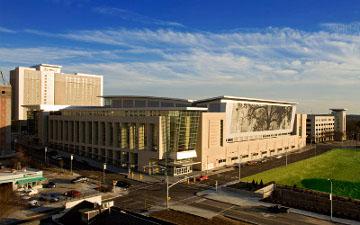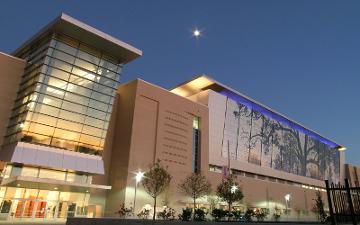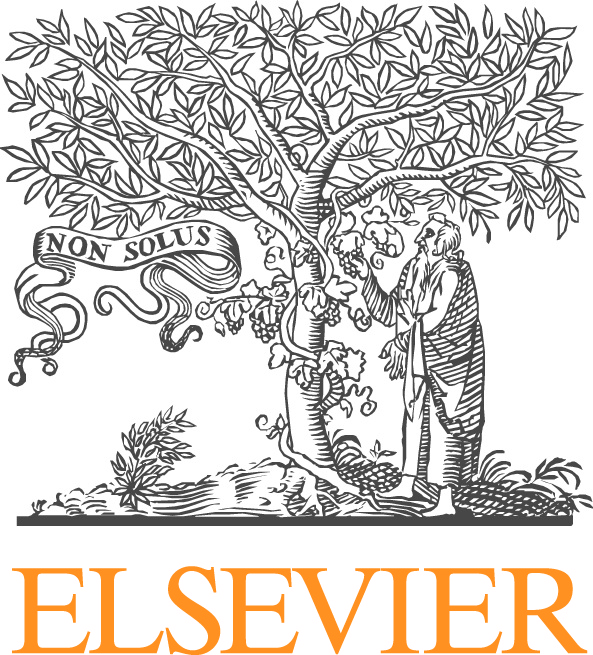
Emerging Methods for Large-Scale Quantum-Mechanical Materials Calculations
N. Sukumar, John E. Pask, Phanish Suryanarayana
Over the course of the past few decades, density functional theory (DFT) has proven to be an accurate and reliable foundation for the understanding and prediction of a wide range of materials properties, from the first principles of quantum mechanics (ab initio), with no empirical parameters. However, the solution of the equations of DFT (coupled Schrödinger and Poisson equations) remains a formidable task, which has spurred research on various real-space approaches [1], which express the required wavefunctions and potentials in a strictly local representation, much better suited to large-scale parallel solution than traditional planewave (Fourier) based representations.
In recent years, several variants of the finite element (FE) method [2]—e.g., enriched (orbital-based) FE [3], adaptive techniques [4], meshfree, and discontinuous Galerkin formulations—have emerged as particularly promising for large, accurate electronic-structure calculations on parallel platforms, with the potential to push back the current boundaries on all such quantum-mechanical investigations.
This mini-symposium aims to bring together leading researchers in this emerging area to discuss and exchange ideas on new methods developments, mathematical analysis, and applications of ab initio methods in electronic-structure calculations. While contributions in all aspects of these methods are invited, some of the featured topics are:
• Density- and wavefunction-based methods for all-electron and pseudopotential DFT
• Linear-scaling methods for DFT
• Real-space methods (finite-differences, wavelets, finite elements, B-splines, meshfree, NURBS) to solve the equations of DFT
• Mathematical analysis (error and convergence) of numerical approximations
• Use of ab initio codes for modeling isolated (atoms, molecules) and extended systems (surfaces, interfaces, nanotubes, crystalline solids)
• Efficient solutions of eigen- and linear-systems; parallelization strategies










